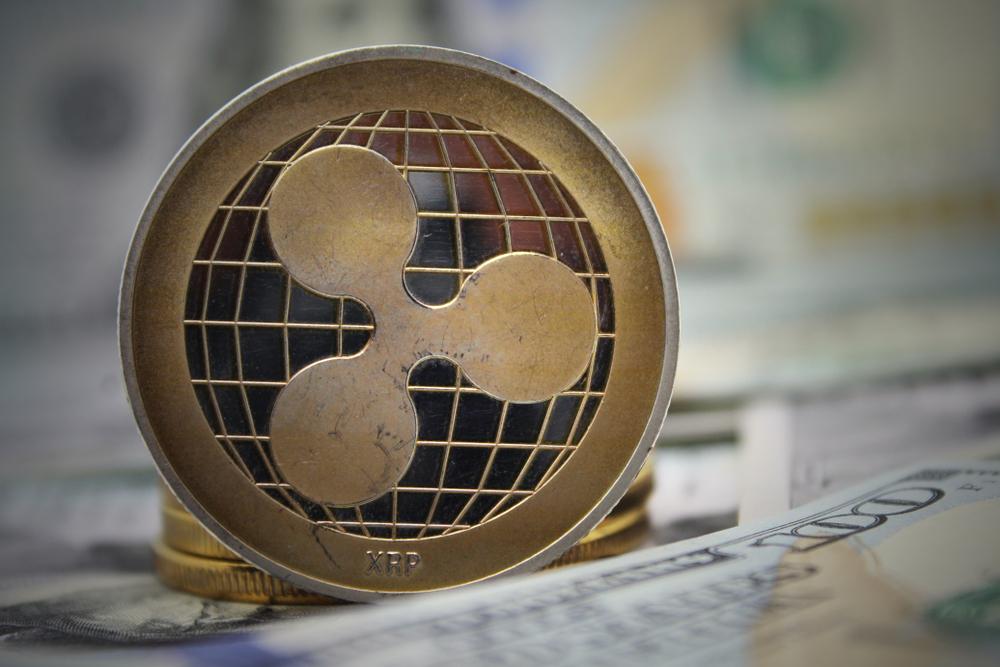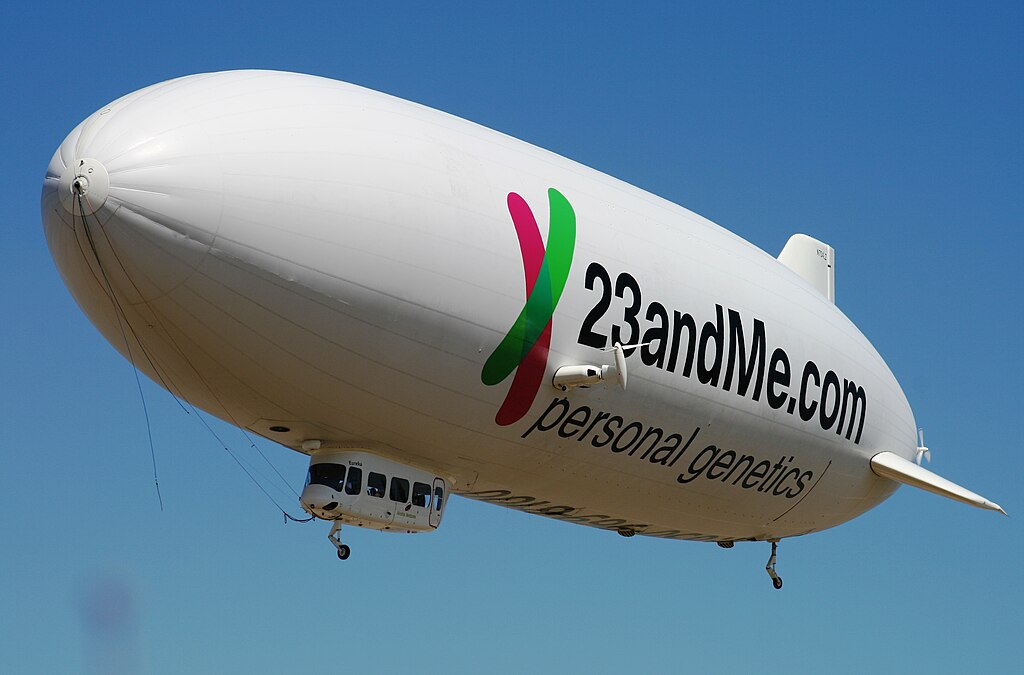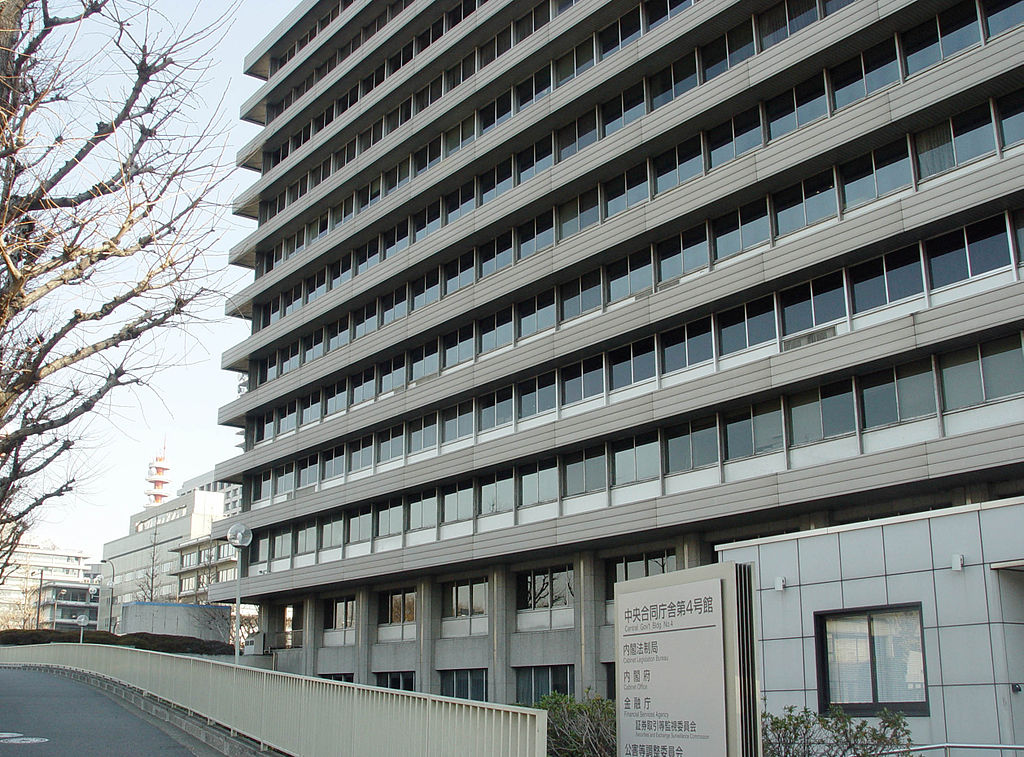Cryptocurrency outflows from Iranian exchanges soared to $4.2 billion in 2024, marking a 70% increase from the previous year, according to blockchain analytics firm Chainalysis. The surge reflects growing capital flight as Iranians turn to crypto amid geopolitical tensions and financial instability.
Bitcoin transactions accounted for a significant portion of the outflows, driven by its censorship-resistant nature. Stablecoins also played a key role, enabling users to bypass restrictions. The trend underscores declining trust in Iran’s financial system, with crypto serving as an alternative to evade economic turmoil and global banking restrictions.
Despite the Iranian government's crackdown on domestic crypto infrastructure, including a sudden freeze on exchange withdrawals in December 2024, adoption continues to grow. Chainalysis noted that global sanctions have fueled crypto transactions in restricted jurisdictions, which received $15.8 billion in 2024—39% of all illicit crypto activity. The U.S. Treasury’s Office of Foreign Assets Control (OFAC) has intensified efforts to curb Iran’s crypto usage, yet decentralized finance (DeFi) platforms remain resilient.
Tornado Cash, a sanctioned mixing service, saw a 108% rise in transaction volume in 2024, despite being blacklisted in 2022 for alleged money laundering ties. A U.S. federal appeals court recently ruled that OFAC overstepped its authority by sanctioning the platform’s smart contract addresses, sparking debate over DeFi regulation and privacy rights.
Chainalysis also reported new trends, including an increase in "pig butchering" scams and a decline in ransomware attacks. As authorities tighten enforcement, the crypto landscape continues to evolve, highlighting its role in financial autonomy and regulatory challenges.


























Comment 0